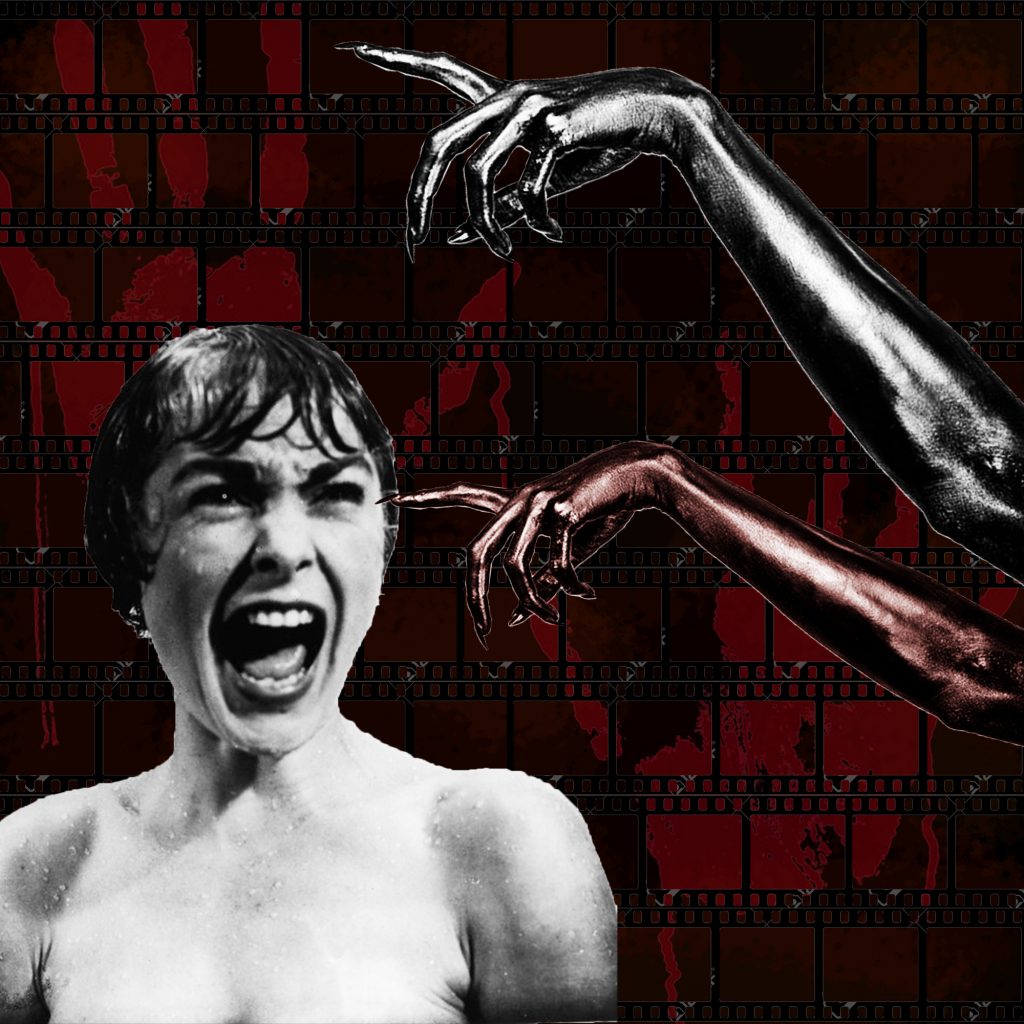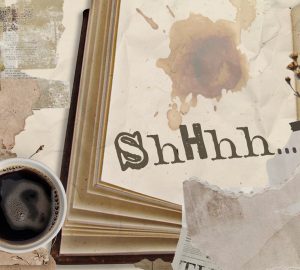From the time humans began telling stories, there has always been horror. Horror is the inexplicable. Horror is what lurks in the night. Horror is the monsters and gods veiled behind the curtains of death, what our primal instincts reject and fear. Following us through the course of history, horror appeared first in folklore, then literature, and now movies.
As various Atlanta cinemas show horror movies both old and new for Halloween-seasonal entertainment, local experts shared their thoughts on horror filmmaking.
“[Horror movies] has always drawn from people’s fears and subconscious and ignited excitement from that,” said Justin Frederickson, a writing graduate student with a focus on horror. “People like to be scared!”

But why? According to horror researcher Mathias Clasen, humans’ fascination with horror and fear is the result of our evolutionary instincts to be hyper-alert, a trait that helped our ancestors survive in the rough world and has lived on in us.
Horror movies take full advantage of this, confronting the audience with the dark, the unknown, and the disturbing, using anticipation and shock to build ascending waves of terror. On a larger scale, the themes of many horror movies has consistently reflected the contemporary social anxieties and attitudes, such as “Alien” for the Red Scare, or “Get Out” for 21st century systematic racism. However, these themes are often found by critics in retrospection. For moviegoers, it’s the immediate thrill of horror that’s gratifying.
“It’s the adrenaline rush,” said Frederickson. “You’re shedding light on the recess of people’s subconscious. You’re taking something that could potentially be a real thing.”
“Fear is slightly [an] unwanted emotion so seeing others’ reactions and even my own is the most entertaining part,” said Nickolas Spearman, an Atlanta-area artist and a horror film enthusiast.
There are three main components to a horror movie: audio, visuals and plot. “[Audio] is so part of what you’re creating,” said Jeff Fisher, a film and television professor at SCAD Atlanta. “In horror movies, you can hear a knife hitting the skin.”
The squelches and bangs of violence make the audience recoil and jump, but even in the absence of violence, horror movies make the most use of distorted sounds, tense music score and abnormal silence to unease the audience. According to researches, the human brain is conditioned to be wary and fearful of loud, sudden noises, especially nonlinear noises like animal screams or discordant music.
Visuals work on the same premise, playing on what we are wired to fear: the dark, the unknown, the disfigured and the creepy. According to professor Fisher, visuals are most effectively employed in characterization. “Michael Meyers in the original ‘Halloween’ series, how he moved is so scary. Movies like ‘The Texas Chainsaw massacre,’ the idea that someone is wearing a mask of skin is terrifying,” he said.
Most of the scary visuals are usually in the appearances of the villains, especially in paranormal movies. In movies where violence is plenty, the audience is also liberally exposed to gore and torture designed to play on their empathy and make them wince.

However, there is a limit to the effects of visuals. “People have grown more accustomed to seeing gore, just because the world we live in, the news and life and everything, people are not scared of [gore] anymore,” said Frederickson.
People are also accustomed to seeing the faces of the paranormal and evil. In recent years, the audience has been overexposed to, and has grown bored of, rotting zombies, corpses, demons and ghosts.
“Nothing really shocks me anymore, though. I feel when you’ve watched as many horror movies as me it takes a lot to truly disturbs you,” said Nickolas Spearman.
“There’s not that many successful horror films nowadays. And part of that is because they don’t stick to plot,” said Frederickson. The plot is what builds the suspense and crafts the unknown to terrify the viewers. Even from before the days of motion pictures, good scary novels always had a thrilling plots that left the audience tense and unsure. Plot adds depth to characterization the way visuals couldn’t — though sinister faces and movement the audience sees how evil acts, but through storytelling they understand why. It is through exploring the minds of evil that viewers connect the horror to their personal lives. It is by their depths that horror movies leave their haunting impressions.
Frederickson explained, “‘Saw’ was gruesome, but it was the psychology of behind it that scares me. And the psychology is the aspect in which people start to feel like they’re seeing something that could be real. They’re more in the depths of humanity and the horrible ways people can be, and that’s what scares me.”
But just like with visuals, the plot lines of many horror movies have become repetitive. For something whose biggest assets are surprise and suspense, predictability is a horror movie’s biggest fear. The problem with many horror filmmakers now is the same of any artist in an overly saturated medium: horror seemingly has been explored to its full extent, all evil characters and archetypes discovered, and now there is hardly blank space left to draw in.
Professor Fisher offered his advice. “You and I know there’s not a lot of new stories,” he said. “I think it’s just the news perspective, whose perspective are you seeing this from, what hasn’t been done before. […] Think about what you can do to spin a story on its ears. […] Finding ways to make an unexpected choice is probably the goal.”
“It’s always good to be on the joke,” he explained further. “Sometimes you need to have a little bit of sense that he audience has seen this tropes before and embrace it the way it hasn’t been embrace before, sometimes giving an audience a wink. […] Find new ways to scare people. What’s going on? What is scary? Is it the way people have access to information, access to a camera in your house. What’s believable enough to make you buy into this thing?”
Horror, after all, has always drawn from our collective fears and anxieties. And those, we can be sure, will never run out.


























